Kidepo National Park
- | Kidepo National Park
Introduction of Kidepo National Park
Kidepo National Park, Tables informations Located in the far-flung area to the northeastern part of Uganda is one of the wildnesses of East Africa known as Kidepo National Park. The park is remarkable for its dramatic landscape, varied wildlife species, rich cultural heritage, and an area coverage of 1,442 square kilometers. This very park often has been called Uganda’s most remote and least explored, hence giving tourists a misconception that it offers a unique and unspoiled safari experience. The present paper provides an in-depth insight into Kidepo National Park—a region featuring its history, geography, biodiversity, and conservation efforts, tourism impact, and the role it plays against the background of life in local communities.
Historical Background of Kidepo National Park
Geographic and Ecological Significance of Kidepo National Park
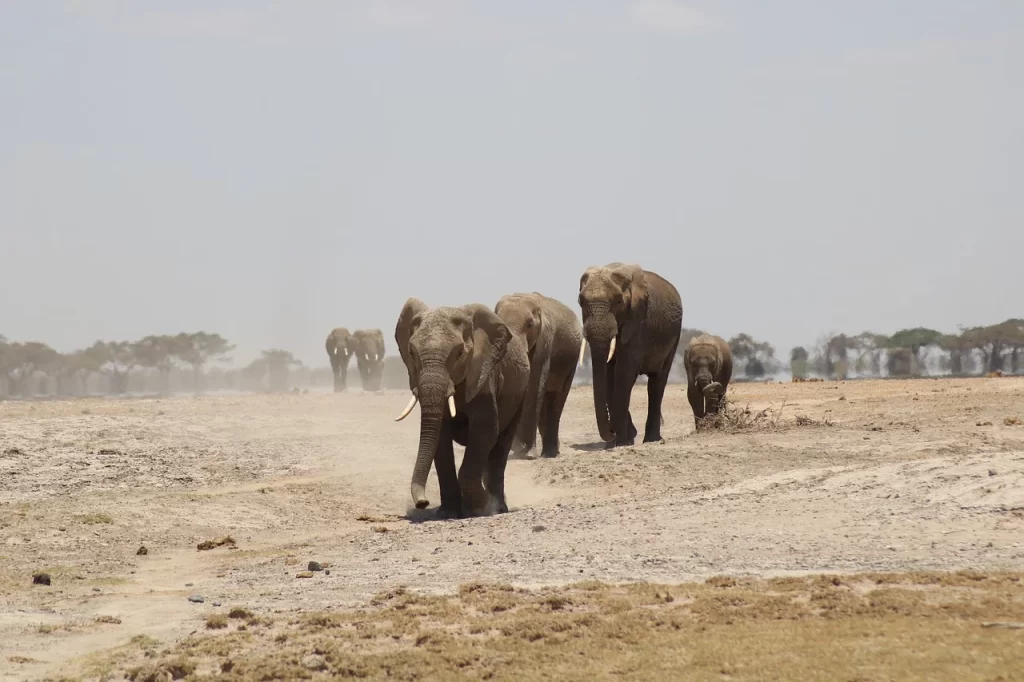
Biodiversity in Kidepo National Park
Kidepo National Park is known to harbor very extreme biodiversity in terms of flora and fauna. The park is remote, having varied habitat contributing to its unique ecological features.
Flora of Kidepo National Park
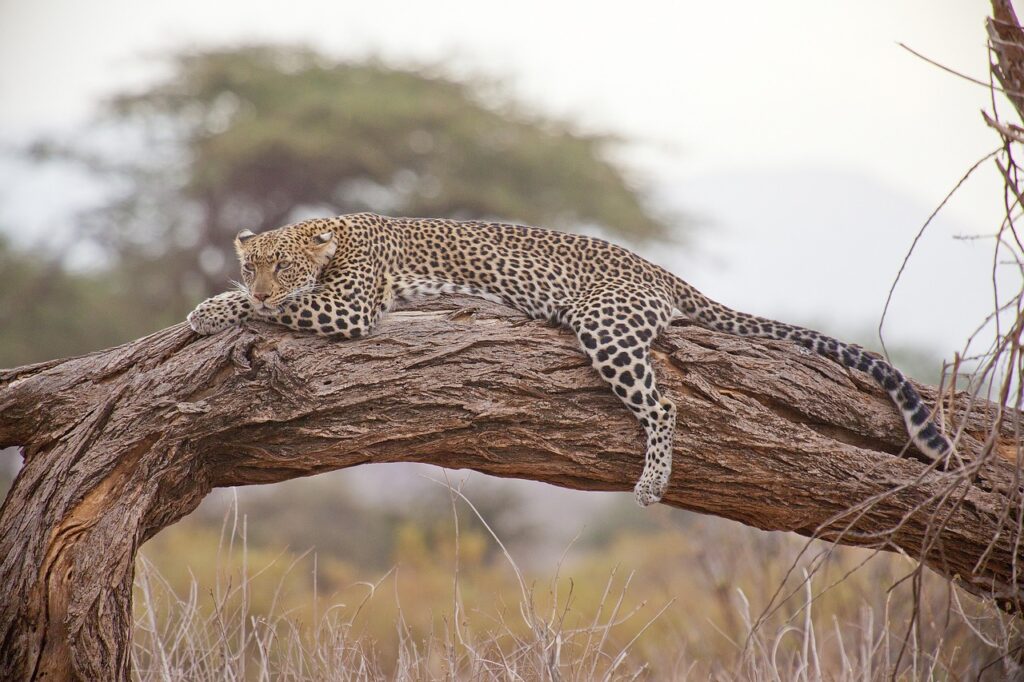
Fauna of Kidepo National Park
- African Elephant—Loxodonta africana:-There is a considerable population of elephants in Kidepo. They are mainly seen grazing in the Narus Valley.
- African Buffalo (Syncerus caffer): Many big herds of buffalo have their range in the game park, most of the concentrations being in the grasslands of Narus and Kidepo Valleys.
- Lion (Panthera leo): The park has a healthy population of lions whose prides are normally seen on open savannahs.
- Leopard (Panthera pardus): These are shy predators found in the park but a little harder to spot.
- Cheetah: Kidepo is one of the very few areas in Uganda where Cheetahs can be found; this is mainly on the open plain.
- Giraffe: The endangered Rothschild’s giraffe is seen in the Park, mainly browsing on the open Acacia trees.
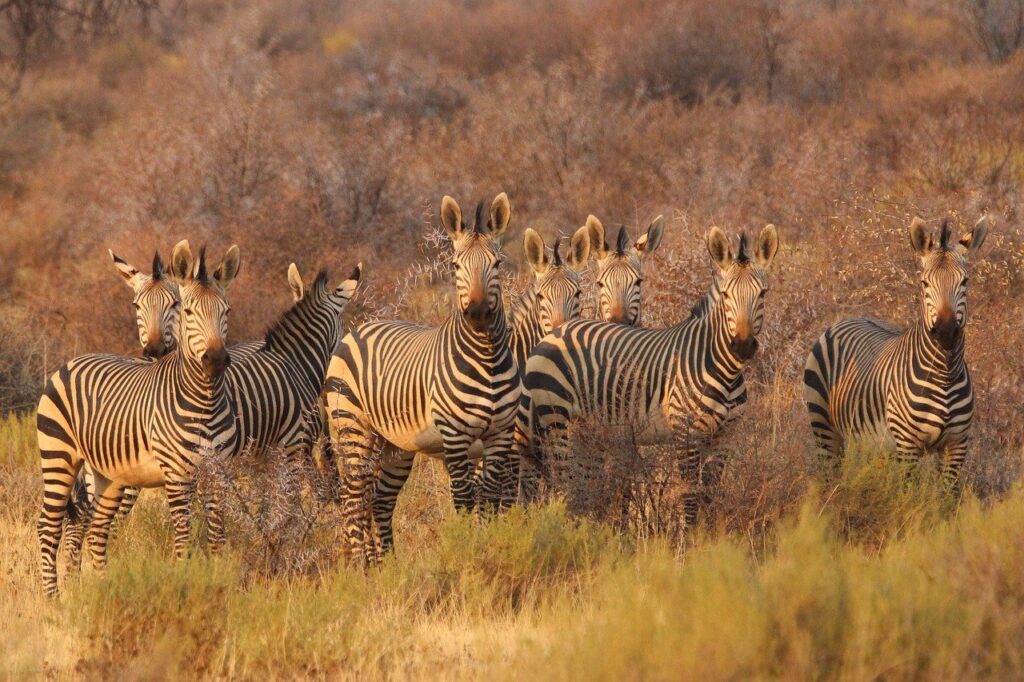
Avian Diversity of Kidepo National Park
- Kori Bustard: One of the heaviest flying birds, easily seen on open grasslands.
- Karamoja Apalis: This is an endemic species found in the acacia woodlands.
- Ostrich: This is the largest bird in the world and is commonplace in the savannah.
- Secretary Bird: A typical-looking and -behaving bird with a penchant for stalking through grasslands.
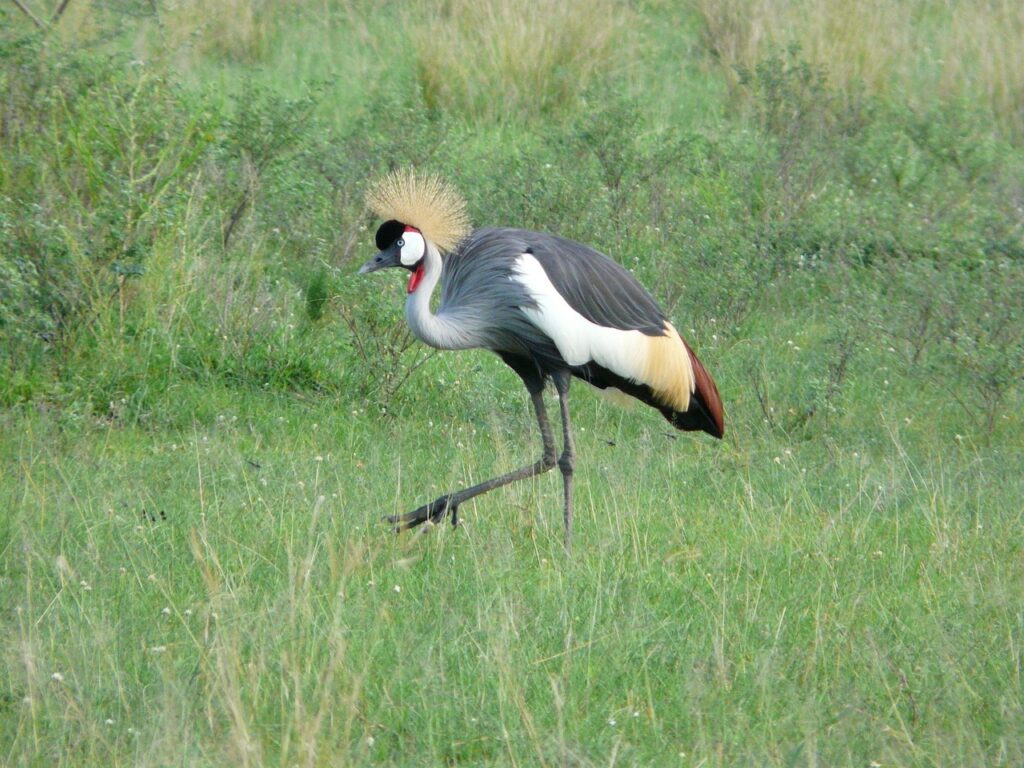
Conservation Efforts in Kidepo National Park
Kidepo Valley conservation entails conserving the various ecosystems that envision conservation and ensures sustainable consumption of natural resources. The management of the park is left to the Uganda Wildlife Authority, hence strategies as far as addressing challenges toward conservation and engaging local communities.
Anti-Poaching Initiatives
Poaching has been one of the major menaces to Kidepo’s wildlife in the past. Patrols are conducted at regular intervals, and there are ranger teams based along the boundaries to monitor and protect the park. Community outreach programs sensitize locals on the value of wildlife and how, if conserved, it can pay dividends in their respective communities in the long run.
Habitat Restoration
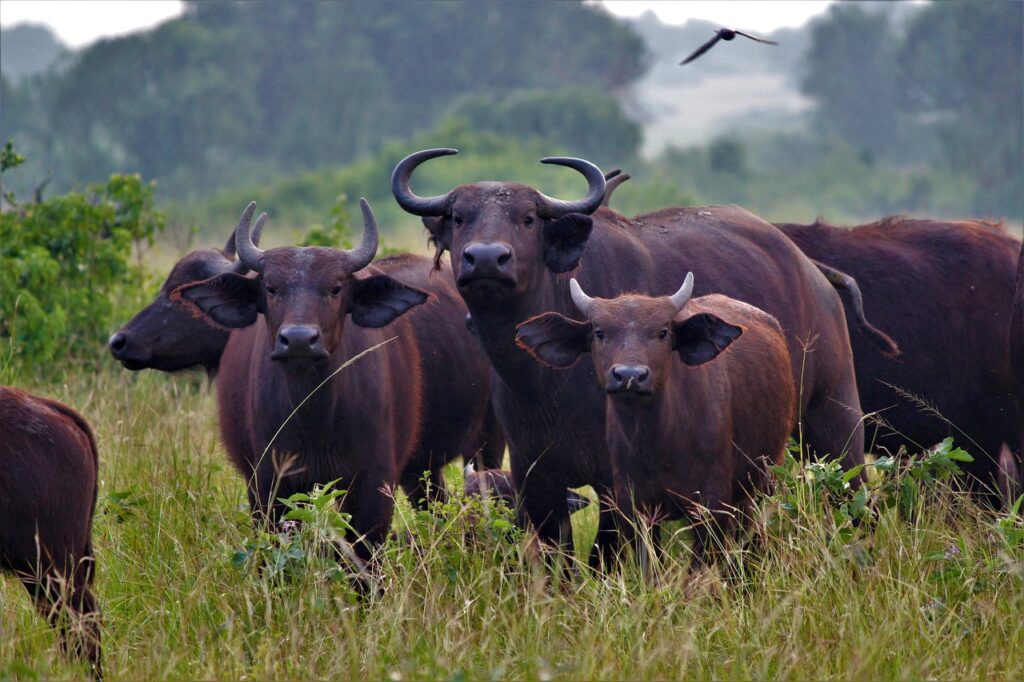
Community Engagement
Engaging of Local Communities in conservation is a sustainable approach to the conservation of Kidepo Valley National Park. UWA works together with the local communities in the designing and implementation sustainable livelihood projects to reduce reliance on the park resources. Projects such as Eco-tourism, bee-keeping, and handicraft making have brought about economic gains to the local people, apart from benefiting from conservation awareness.
Tourism and Economic Contribution to Kidepo National Park
Tourism is one of the prime economic activities in and around Kidepo Valley National park. The park’s remoteness and intact wilderness offer a uniquely diverse safari experience that appeals to adventurous holidaymakers and wildlife lovers. Tourism brings in revenue that goes into park management and is accrued to local communities through jobs and infrastructural development.
Safari Experience in Kidepo National Park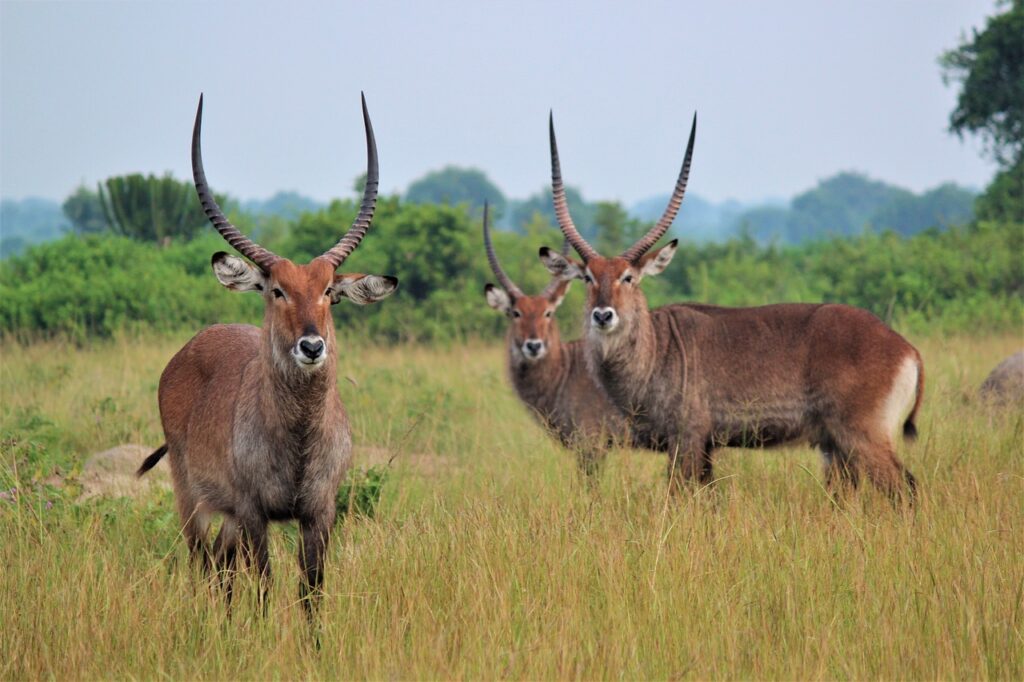
Kidepo Valley National Park provides a package of safaris, from game drives to guided walks, birding safaris, and cultural tours. The varied landscape of the park and the diverse wildlife thereof form an opportunity to view animals in such settings. In fact, the Narus Valley is much more famous for game viewing, with plenty of animals migrating to the valley because of the permanent water sources, especially in the dry season.
The emerging area of focus for Kidepo Valley National Park is ecotourism. This is the undertaking that is sustainable and causes minimal impact on the environment. There are eco-lodges and campsites found within and around the park providing an environmentally friendly type of accommodation chain. Most of these firms’ employees are the local people, materials are locally acquired, and this in a way improves the living standards of the local amidst conservation principles.
The UWA runs a revenue-sharing scheme, wherein tourism income contributes to the development of neighboring areas. With community development projects and benefits that accrue from the presence of tourism in their area, such as schools, health centers, and clean water schemes, the community is bound to be attitude-positive and thereby preserve the facilities they benefit from tourism.
Challenges and Future Prospects of Kidepo National Park
Some challenges with which even Kidepo Valley National Park is grappling at present time are listed below:
Human-Wildlife Conflict
The community living around the Kidepo Valley National Park faces massive human-wildlife conflicts; this has always been rampant as a result of increasing agricultural activities and human population growth. Elephants and other pachyderms, with their destructive nature, are being a major cause of intense loss to farmers, increasing their hostile attitudes towards conservation. Some of the strategies to overcome such conflicts include use of deterrents, especially beehive fencing or chili bombs, while another is alternative livelihoods that reduce dependence on agriculture.
Climate Change in Kidepo National Park
Another serious threat to the park’s ecosystem is the climate. Changes in temperature and rainfall patterns most definitely lead to variation in vegetation growth, water availability, and species distribution. Climate change effects are called for, in terms of monitoring and adaptive management, to ensure the continued resilience of the biodiversity of Kidepo National Park. Meanwhile, efforts to build local capacity for climate adaptation and promotion of sustainable land-use practices become indispensible endeavors toward mitigation of these challenges.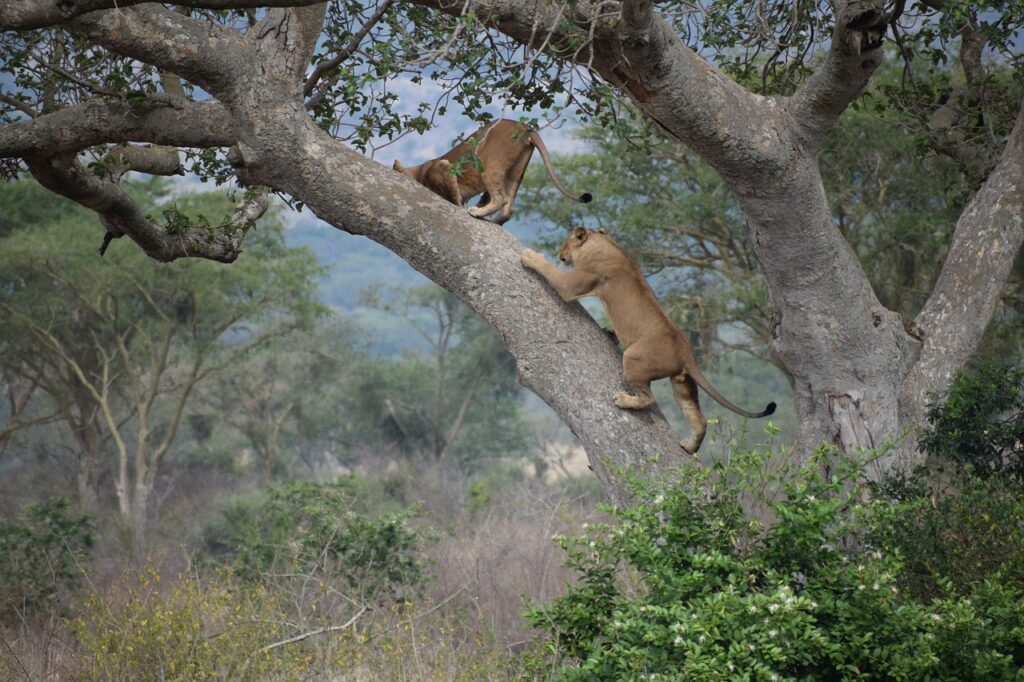
Funding and Resources
Effective conservation management comes with adequate funding and resources. Currently, Kidepo Valley National Park depends on revenue from tourism and external funding. The diversification of funding sources and exercise of an enhanced financial sustainability will, therefore, be one of the priorities of going forward. International conservation organizations and private sector investments prospectively other additional resources for financing conservation management.
Invasive Species
Exotic plant species pose a constant peril to the plants native within the park in the sense that they are capable of pushing away the native species, changing habitats, and lowering the diversity of the location. Active steps towards management and the elimination of invasive species call for logical care of the park’s integrity in its ecology. Public involvement in the monitoring and management of invasive species becomes crucial to the success of these efforts.
Education and Research in Kidepo National Park
Kidepo Valley National Park is-not only a conservation area but also an important center for education and research. What makes this place even more attractive to researchers, students, and conservationists-from all over the world are the rich biodiversity and unique ecosystems represented therein.
Research Facilities
It has various research stations, which serve as a base for the scientists any time they want to work at the different ecological facts. The infrastructure supports research on wildlife behavior, plant diversity, and conservation management. Long-term projects, specifically in key species such as elephants and lions, have often led to crucial scientific contributions .
Learning Programs in Kidepo National Park
it provides visitors with the educational programs and field courses that could give them a better perspective of tropical ecology and conservation. These courses almost always include wildlife-following, vegetation surveys, or participating in community outreach. Participants get to have this experiential feel of how the park’s ecosystems function and learn a lot about the conservation challenges and conservation solutions.
International Collaboration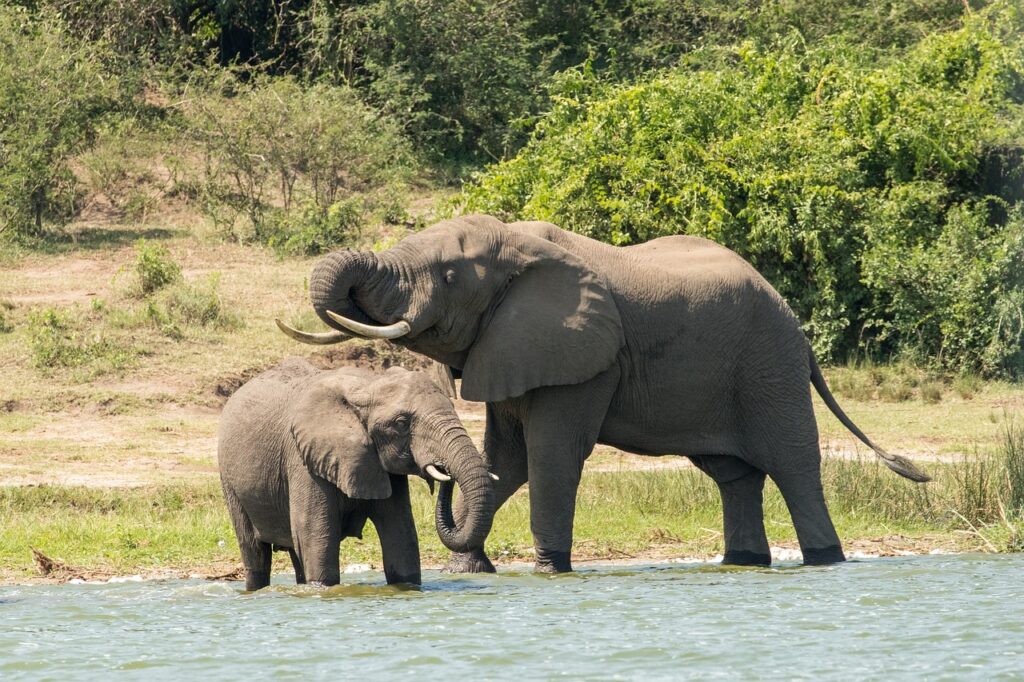
This is where international universities, research institutions, and centers of excellence such as conservation organizations have come in handy for the Kidepo Valley National Park. The Park benefits from the improvement in research capabilities, funding, and knowledge exchange from the partnerships. In addition, collaborative efforts further sustainable global conservation initiatives and the development of best practice.
Cultural and Historical Significance in Kidepo National Park
Kidepo Valley National Park is surrounded by a cultural kaleidoscope. It cohabits with several ethnic groups. The Karamojong, Ik, and Dodoth communities have a close relationship with the area. Moreover, they hold their cultural practices in trust against the natural surrounding.
THE KARAMOJONG PEOPLE
Form the Majority in the region and traditionally are nomadic pastoralists who are cattle herders by means of earning. They have a diverse cultural heritage in terms of the different dressing, beadwork, and ceremonies. Despite the trying moments of their culture, modernity, and discrimination, the Karamojong still hold onto their traditional culture, which greatly justifies the personality of the region.
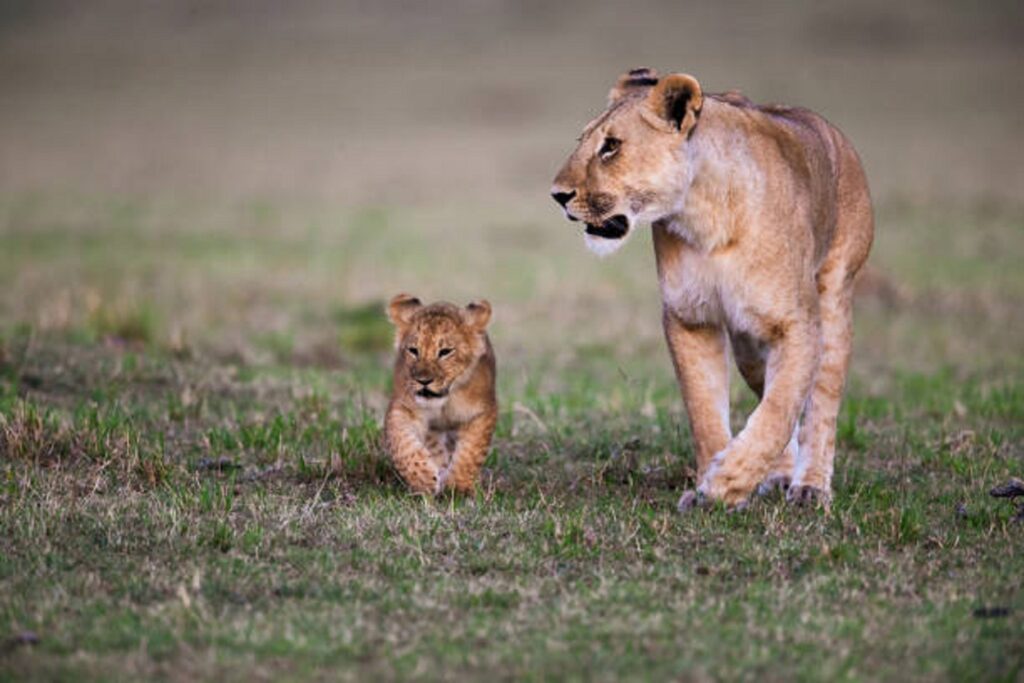
The Ik
The Ik tribe is a small ethnic group located in the mountains near the Kidepo Valley National Park. The Ik are a unique culture with identifiable language, and their traditional dance has adapted to suit the mountainous landscape. They are prominently known for their artistry, basketry, and pottery. Any effort to preserve the Ik culture assures the area regional cultural diversity.
Cultural Tourism in Kidepo National Park
This makes cultural tourism a very key component of the visitor experience in Kidepo Valley National Park. Visitors get to interact with local populations, learn their customs, and be involved in suchlike cultural activities. Community-based tourism projects, such as cultural performances, homestays, and craft markets, are activities that give economic value to local people and advance the cause of culture preservation.
Future Prospects of Kidepo National Park
The future of Kidepo Valley National Park will have to be much guided by the commitments to conservation, sustainable tourism, and community engagement. The solution to the sieges from human-wildlife conflict, climate change, and financial constraints is going to need innovative solutions and collaborative efforts.
Conservation Strategies of Kidepo National Park
Such activities as research, monitoring, and adaptive management are a means for the improvement of conservation strategies and fostering biodiversity within the park. Anti-poaching operations, habitat rehabilitation projects, and community-centered conservation efforts give wide temporal and spatial coverage to enhance the resilience of Kidepo’s ecosystems.

Sustainable Tourism in Kidepo National Park
Promotion of sustainable tourism practices foregrounding people in the midst of environmental sustainability is the only way to assure long-term viability of tourism in Kidepo Valley National Park. Eco-friendly infrastructure and growth in activities pertaining to tourism, accompanied by visitor education, will increase the positive impact on the park and its surroundings.
Community Partnerships
Success in conservation will therefore be based on strong local partnerships. Leaving communities educated, with economic opportunities, and participatory decision-making processes will enhance a sense of ownership and responsibility over resources in the park.
Climate Change Mitigation
In consideration of the impacts of climate change, the future of Kidepo Valley National Park is very important with regard to adaptive management and sustainable land-use practices. Climate resilience strategies, such as water conservation, afforestation, and agriculture, would yield the resilience for environmental change in the park.
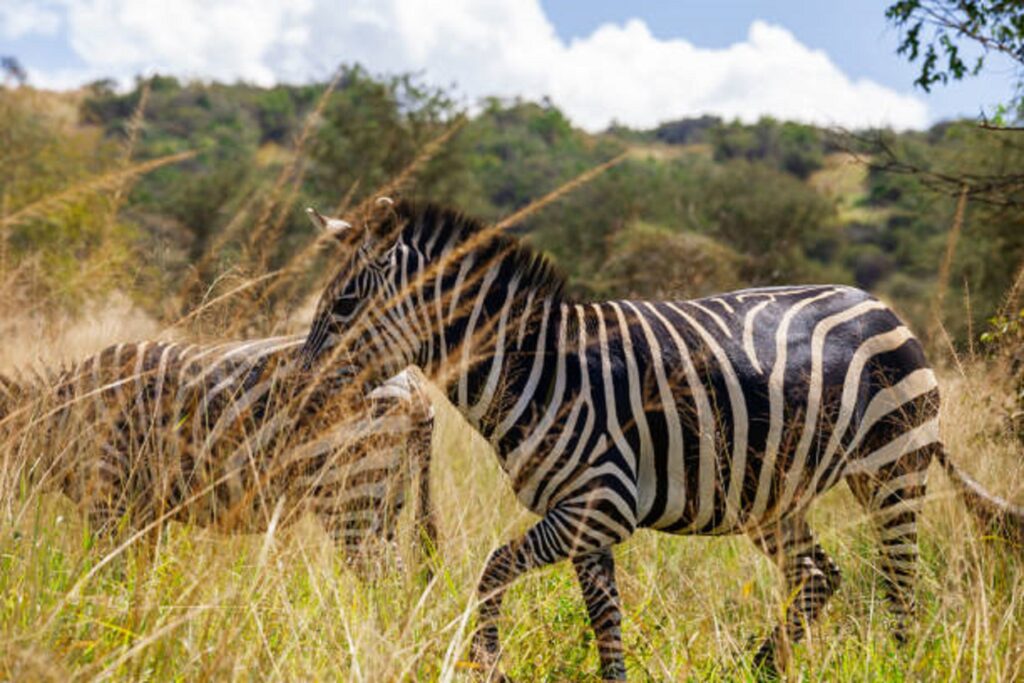
Conclusion
Kidepo Valley National Park proves the existence of beauty and diversity of natural landscapes in Uganda. It is in a unique and important conservation area resulting from its isolation, dramatic scenery, and great biodiversity. Success in the conservation of the park’s ecosystems and wildlife has resulted from dedicated conservation effort, strong community engagement, and sustainable tourism practices. Needed for ensuring the protection of Kidepo for future generations is a collaborative and adaptive approach as the place faces challenges and opportunities. It is, therefore, through the aiding of natural and cultural heritage celebrations that Kidepo Valley National Park will remain an emblem of Uganda’s commitment to conservation and sustainable development.
RELATED RWANDA SAFARIS
- 4 Days Budget Gorillas
- 8 Days Rwanda Gorillas
- 2 Days Rwanda Gorillas
- 7 Days Rwanda Gorillas
- 5 Days Rwanda Primates
- 6 Days Rwanda Primates
- 1 Day Trekking in Rwanda
- 3 Days Rwanda Gorilla Tour
- 3 Days Gorillas in Rwanda
- 6 Days Best of Rwanda Tour
- 12 Days Rwanda Safari Tour
- 8 Days Best of Rwanda Tour
- 3 Days Visit Rwanda Gorillas
- 6 Days Rwanda Gorilla Safari
- 3 Days Akagera Wildlife Safari
- 7 Days Highlights of Rwanda
- 6 Days Chimps and Nyungwe
- 3 Days Nyungwe and Akagera
- 4 Days Rwanda Primates Safari
- 5 Days Rwanda Gorilla Trekking
- 3 Days Rwanda Special Gorillas
- 7 Days Primates Tour in Rwanda
- 5 Days Golden Monkey Trekking
- 5 Days Rwanda Gorillas & wildlife
- 7 Days Rwanda Gorilla Adventure
- 4 Days Gorilla & Golden Monkeys
- 8 Days Best of Rwanda Highlights
- 4 Days Double Gorillas in Rwanda
- 3 Days Gorillas & Golden Monkeys
- 3 Days Gorilla Trekking in Rwanda
- 3 Days Akagera & Golden Monkey
- 5 Days Rwanda Gorillas and Lake Kivu
- 11 Days Rwanda & Kenya Masai Mara
- 12 Days Rwanda DR Congo & Uganda
RELATED KENYA SAFARIS
- 17 Days Kenya Safari
- 7 Days Kenya Wildlife
- 6 Days Best of Kenya
- 5 Days Amboseli & Tsavo
- 7 Days Kenya Safari Tour
- 7 Days The Best of Kenya
- 4 Days Kenya Comfort Safari
- 4 Days Tsavo East and West
- 5 Days Mara and Lake Nakuru
- 3 Days Amboseli National Park
- 5 Days Amboseli and Tsavo West
- 15 Days Uganda Kenya Tanzaniz
- 3 Days Mara Wildebeest Migration
- 5 Days Amboseli Nakuru & Masai Mara
- 6 Days Amboseli Mara & Lake Nakuru
- 6 Days Amboseli, Mara and Naivasha
TANZANIA SAFARIS
- 7 Days Big 5 Safaris
- 12 Days Tanzania Tour
- 9 Days Tanzania Tour
- 12 Days Tanzania Tours
- 6 Days Tanzania Safari
- 7 Days Tanzania Wildlife
- 3 Days Classic Serengeti
- 6 Days Tanzania Safari
- 6 Days Best Of Tanzania
- 10 Days Tanzania Safaris
- 5 Days Amazing Serengeti
- 10 Days Tanzania Tour Safari
- 8 Days Wildebeest Migration
- 11 days Tanzania Honey Moon
- 10 Days Tanzania Honey Moon
- 4 Days Wildlife Safari in Tanzania
- 4 Days Perfect Safari to Serengeti
- 4 Days Nothern Parks Budget - Tents
LONG UGANDA SAFARIS
- 5 Days Gorilla Trekking
- 17 Days Pearl of Africa
- 17 Days Pearl of Africa
- 9 Days Primates Safari
- 7 Days Uganda Wildlife
- 14 Days Uganda's Best
- 10 Days Most of Uganda
- 24 Days Best Of Uganda
- 19 Days Explore Uganda
- 8 Days Executive Gorillas
- 20 Days Discover Uganda
- 4 Days Gorillas and Wildlife
- 10 Days Wildlife in Uganda
- 8 Days Gorillas and Wildlife
- 13 Days Uganda's Big Five
- 16 Days Pearl of Africa Tour
- 25 Days Gorillas and Wildlife
- 21 Days Uganda's Adventure
- 16 Days primates and culture
- 15 Days Full of Uganda Safari
- 18 Days Primates and Wildlife
- 11 Days Gorilla Trekking Safari
- 15 Days Uganda Rwanda Safari
- 11 Days Wildlife Tour in Uganda
- 8 Days Uganda Safari From Kigali
- 10 Days Gorilla Trekking in Uganda
- 25 Days Gorilla Trekking in Uganda
SHORT UGANDA SAFARIS
- 3 Days Bwindi Gorillas
- 2 Days Bwindi Gorillas
- 5 Days Gorilla Trekking
- 3 Days Gorilla Watching
- 3 Days Gorilla Trekking
- 4 Days Uganda Gorillas
- 4 Days Uganda Gorillas
- 1 Day Jinja Water Rafting
- 8 Days Executive Gorillas
- 6 Days Uganda Primates
- 2 Days Lake Mburo Safari
- 2 Days Bird Watching Tour
- 4 Days Mgahinga Primates
- 4 Days Family Tour Queen
- 4 Days Gorillas and Wildlife
- 3 Days Africa Safari Wildlife
- 4 Days Rwenzori Mountain
- 8 Days Gorillas and Wildlife
- 4 Days Birding in Murchison
- 3 Days Mburo National Park
- 3 Days Kibale National Park
- 3 Days Kidepo National Park
- 2 Days Murchison Falls Park
- 5 Days Murchison and Bwindi
- 5 Days Queen Elisabeth Park
- 4 Days Murchison Falls Park
- 5 Days Kidepo National Park
- 3 Days Murchison Falls Park
- 3 Days Queen Elisabeth Park
- 4 Days Kidepo National Park
- 4 Days Double Gorilla Trekking
- 2 Days Gorillas From Rwanda
- 6 Days Mgahinga Hiking Safari
- 3 Days Uganda Gorilla Tracking
- 6 Days Gorilla Tours in Uganda
- 5 Days Uganda Budget Gorillas
- 4 Days Chimps and Crater Lake
- 3 Days Mgahinga National Park
- 3 Days Queen Elisabeth Budget
- 6 Days Bird Watching in Uganda
- 5 Days Gorillas and Chimpanzee
- 4 Days Gorilla Trekking in Uganda
- 8 Days Uganda Safari From Kigali
- 4 Days Birding in Queen Elisabeth
- 6 Days Primates Safari in Uganda
- 8 Days Uganda Safari From Kigali
- 5 Days Gorilla Tracking in Uganda
